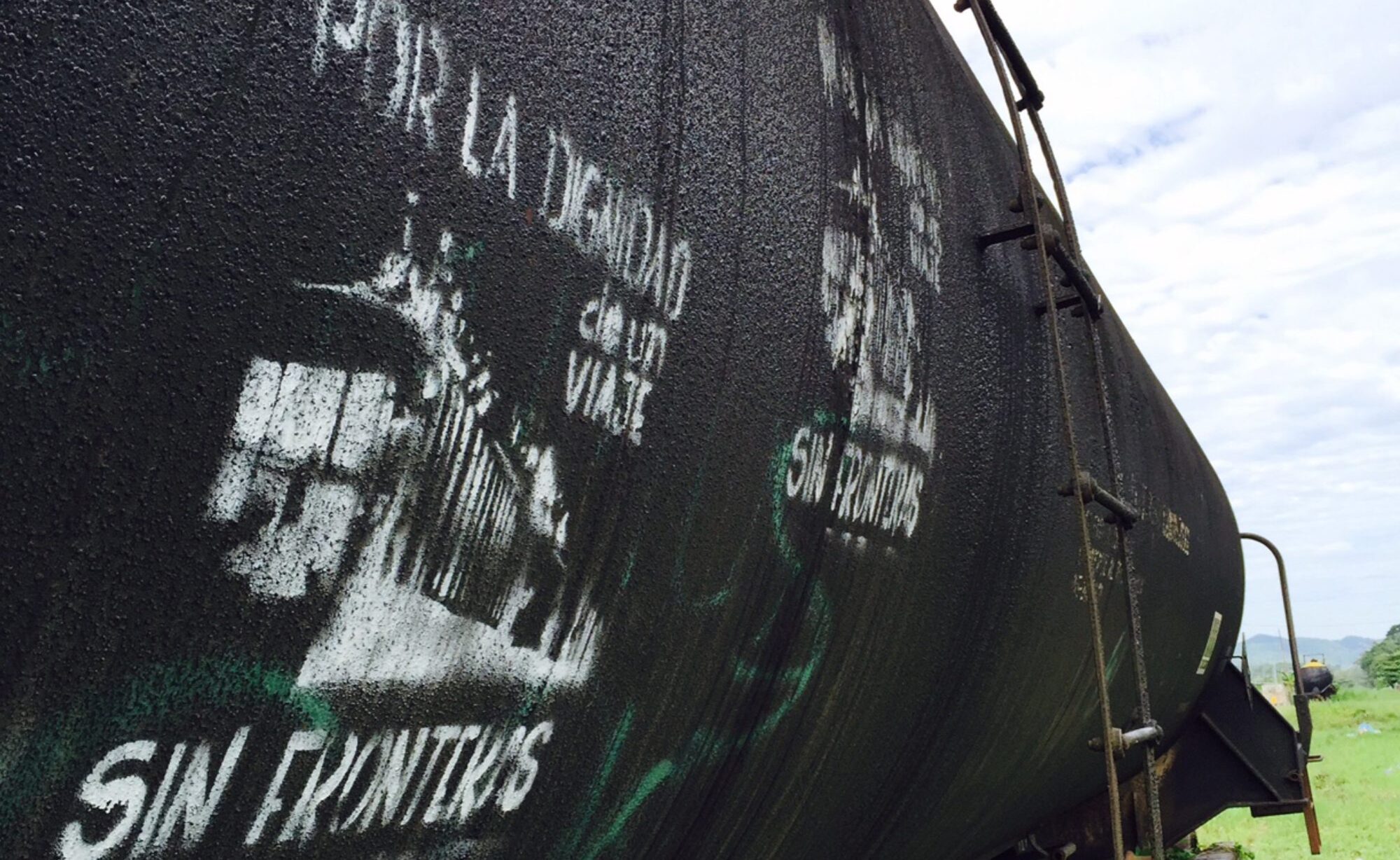The driver of the passenger van pulled onto the shoulder of the road, looked back, and said, “There’s an immigration checkpoint up ahead. Does everyone have their papers?”
We were just north of the Guatemalan border, outside the town of Ciudad Hidalgo in the Mexican state of Chiapas. There were 10 of us in the van: a family of eight from nearby Monte Rico, Guatemala, photojournalist Jeff Abbott, and me. The driver pointed to the road blockade, already in sight. From a backseat, I could see uniformed officials questioning people inside stopped vehicles.
It was a broiling afternoon in August 2014. Dark clouds were building overhead, threatening rain. There was a murmur of hushed conversation among the family members whom I had first seen no more than half an hour before. They had only recently landed on the Mexican side of the Suchiate River on a raft made of gigantic inner tubes and wooden boards and were already aboard the van when Abbott and I crammed in.
They would prove to be a boisterous crew. “Welcome to the family!” a woman who later introduced herself as Sandra said. “At least for this trip to Tapachula!” Much laughter followed. They were going to the wake of a family member in Mexico and, as people had done here forever, they simply crossed the river, avoiding the official entry point less than a mile away. Like so many political borders around the world, the Guatemalan-Mexican divide had been officially demarcated relatively recently — in 1882, to be exact — cutting through regions with strong family, community, and linguistic ties.
The checkpoint just ahead represented a new kind of demarcation line: the United States border arriving 1,000 miles to the south. A month before, in July 2014, when Mexican officials announced a bolstering of their own border in what they called Programa Frontera Sur (the Southern Border Program), the United States immediately applauded that country’s new “strategy for its southern border” in an embassy press release.
Read the rest here, as first published in TomDispatch.
